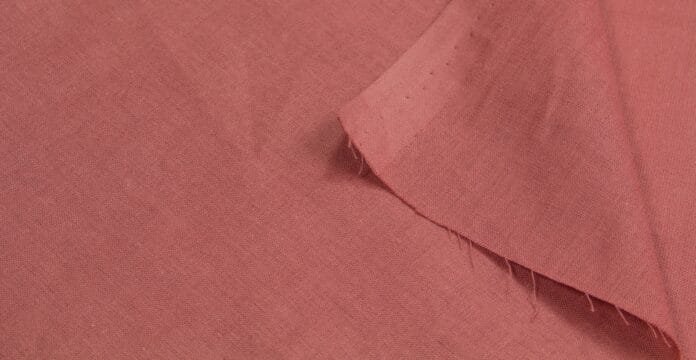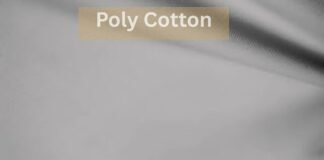When you think of your favorite lightweight dress or a crisp dress shirt, you probably associate it with a perfect marriage of comfort and polished style. Chances are, you are touching Poplin cotton. Thin and breathable, Poplin fabric is an integral pop of fabric in hundreds of wardrobes. Poplin cotton fabric is popular unnoticed.
In this guided essay, we unravel the story of Poplin cotton as we explore its characteristics. We will also discuss its making, and advantages. Plus, we will also evaluate Poplin fabric with other weaves such as twill and oxford. We will also articulate self-evident methods of sewing, caring ,and using poplin fabric to guide our readers.
By the end of the passage, we hope you appreciate the value of poplin fabric and how easily you can make use of your cross-stitch and sewing materials!
What is Poplin Cotton? Defining a Timeless Weave
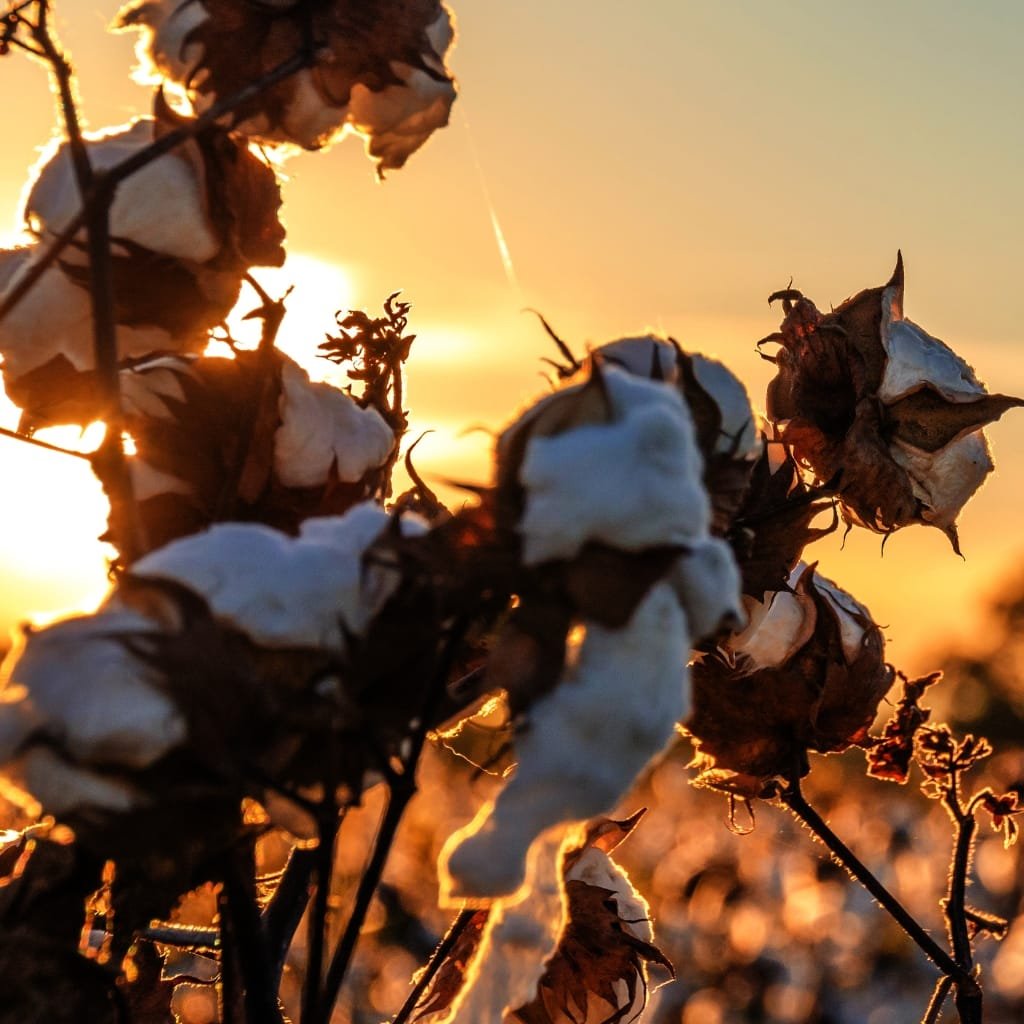
The preceding section defines poplin cottton fabric as a fabric type that concerns itself not with the fiber content, but with the weave structure. Historically, manufacturers constructed poplin from silk and wool, but modern producers most commonly link it with cotton. Essentially, a plain weave creates poplin by interlacing threads in an over-and-under pattern. This specific construction method, which uses fine warp yarns and a thicker weft yarn, gives poplin its signature texture. This technique produces a subtle ribbed effect, for which people know poplin, resulting in its characteristic slightly corded essence and crisp hand-feel.
A Stitch Through Time: The History of Poplin
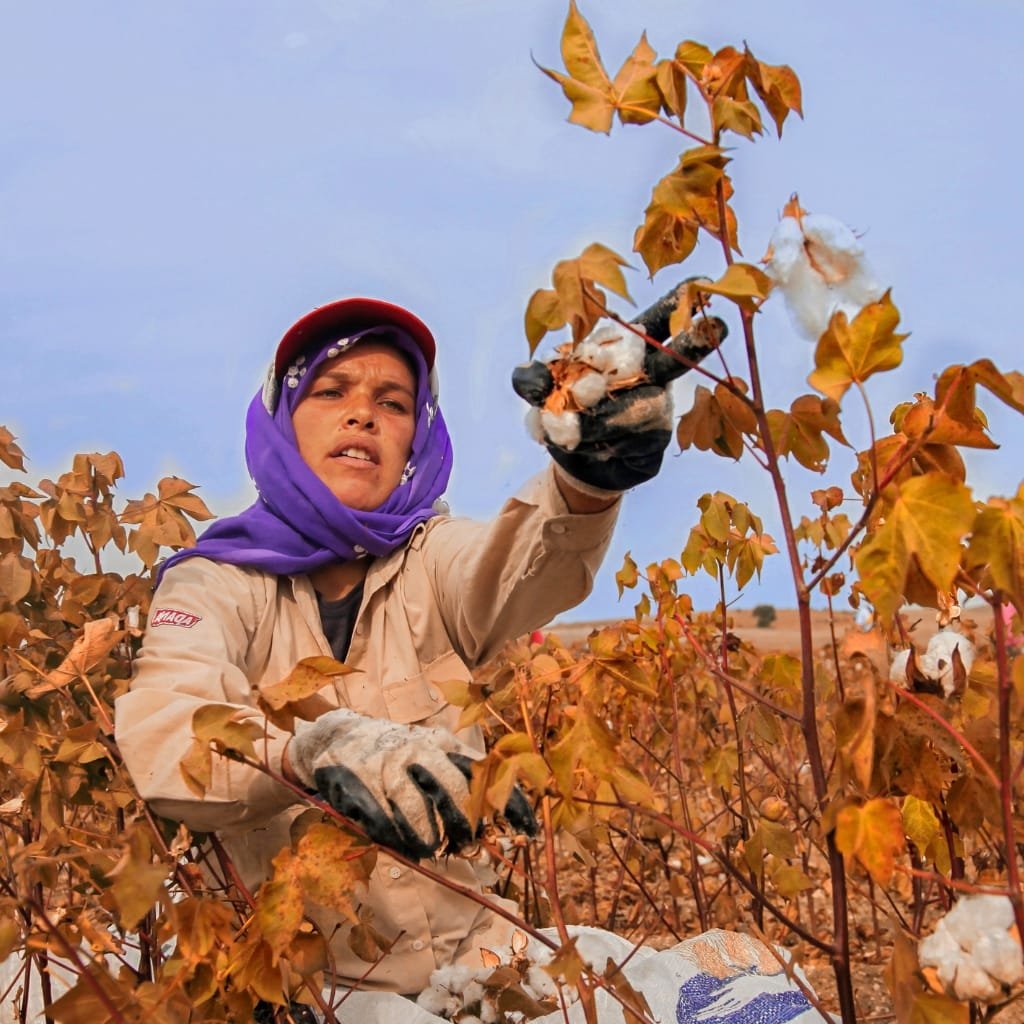
It is important to understand the origins of poplin in order to understand the history behind the fabric. The term poplin most likely came from the fabric called papelane, made back in the fifteenth century in the Avignon French papal residence. At the time, manufacturers considered poplin a luxurious fabric and made it with silk and wool; the silk provided a smooth glossy finish while the wool gave the fabric warmth and body.
As the Industrial Revolution progressed and the cotton industry became established, manufacturers began to produce poplin from 100% cotton. Militaries adopted the fabric for uniforms because of its hard-wearing nature, and this widespread use made poplin easily accessible and affordable to the public. People also began using poplin for formal and everyday shirting. In the modern age, producers typically make poplin from cotton, but they often blend it with polyester or other synthetic fibers.
The Hallmark Characteristics of Poplin
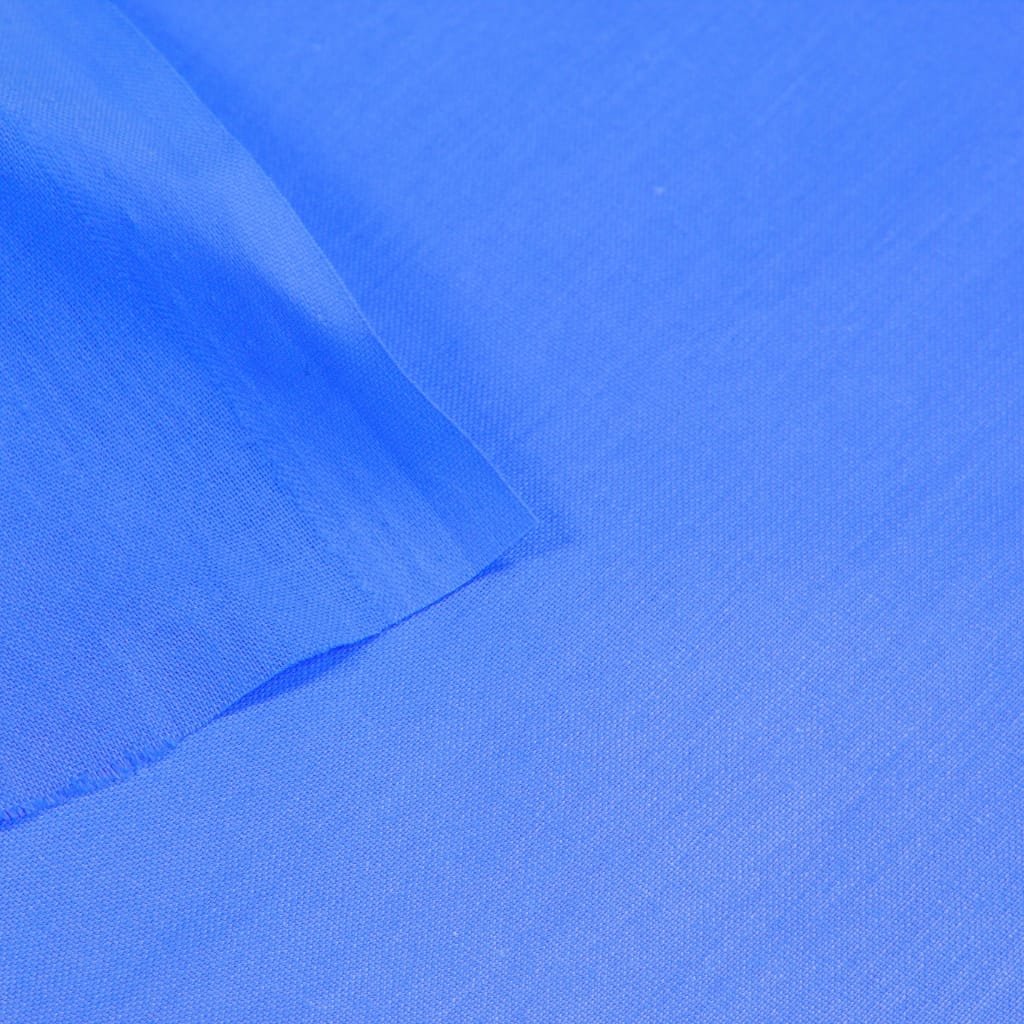
What aspects of poplin made it last for decades without losing its relevance? The answer is found in the fabric’s collection of individual traits that are advantageous and functional.
- Comfortable Touch: Because of the close, simplistic weave, poplin has a smooth, flat surface and has a polished hand-feel. With the balance of a delicate, unrefined canvas and a coarse, robust canvas, poplin is a perfect solution.
- Airy and Lightweight: While dense, poplin is quite a light fabric. Still, the fine weave allows a significantly dense fabric with a fine weave, resulting in excellent oxygen circulation. This makes poplin exceptionally suitable for warm weather garments and summer attire.
- Sturdy and Strong: As stated above, the simplistic over-and-under weave, in combination with superior quality yarns, creates a fabric that has great resistance to tearing and any form of abrasion. It survives an office day, a weekend escapade, and innumerable washes, and still remains in the same condition.
- Takes on Color Exceptionally Well: Because of poplin’s smooth surface, it is easy to dye. Therefore, garments made of poplin fabric are exceptionally known for color richness and vibrancy. With smooth looser weave and brushed nap fabrics, poplin is less susceptible to color fading.
- Resists Shrinkage (When Treated): While 100% cotton can shrink, manufacturers usually pre-shrink or mercerize high-quality poplin. This treatment controls shrinkage in the threads and imparts a faint shine to them, which enhances both the fabric’s appearance and its performance.
- .Read more… Knitting Cotton Fabric
Spot the poplin in comparison to other fabrics
In comparing other cotton weaves, we can begin to see poplin’s unique value in the fabric industry.
Poplin vs. Twill
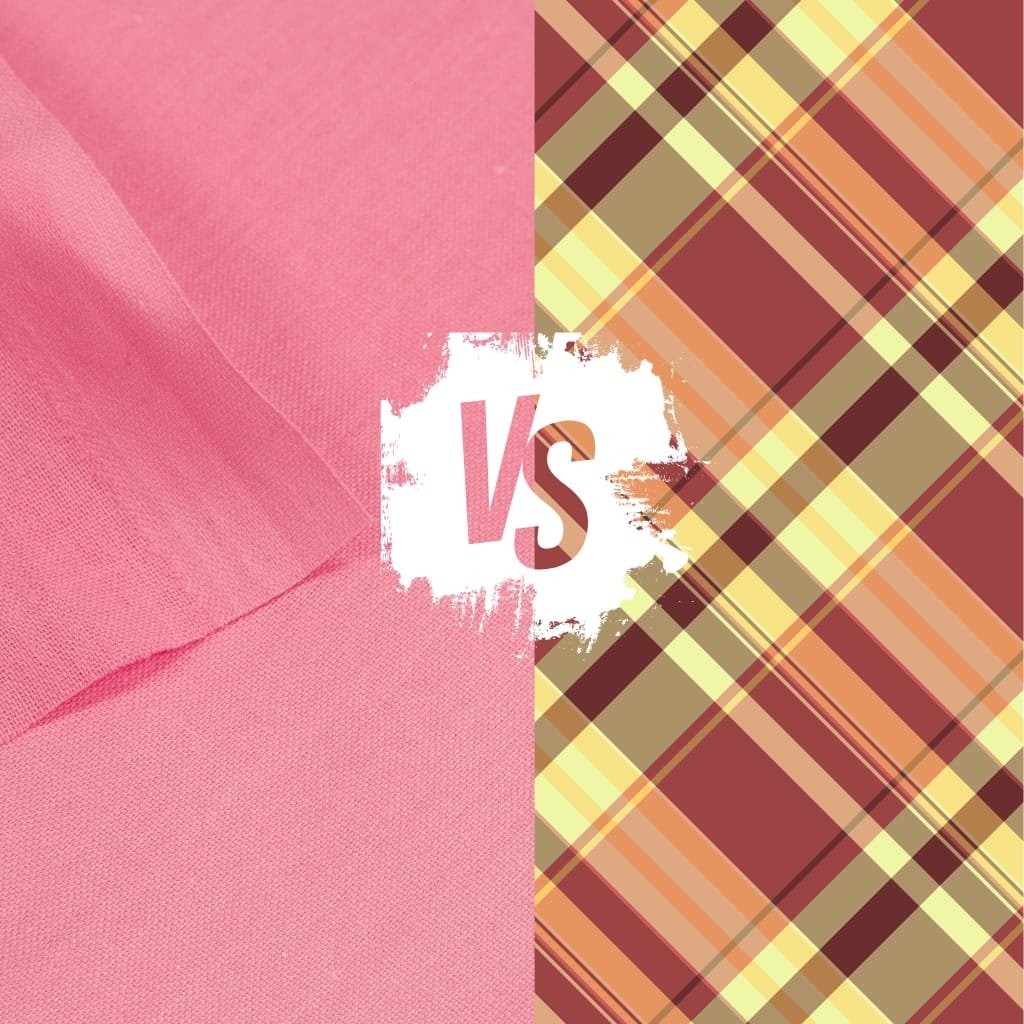
There is also the twill weave which, in the case of denim and chino, is come by in a diagonal set of ribs. These are twill weaves. This weave is quite strong, and has more pop than a twin, as well as more drape. The disadvantage of poplin is that twill is heavier, and can be warmer. Poplin is lighter and crisper, more breathable and cooler, making it ideal for hot weather and formal shirts.
Poplin vs. Oxford
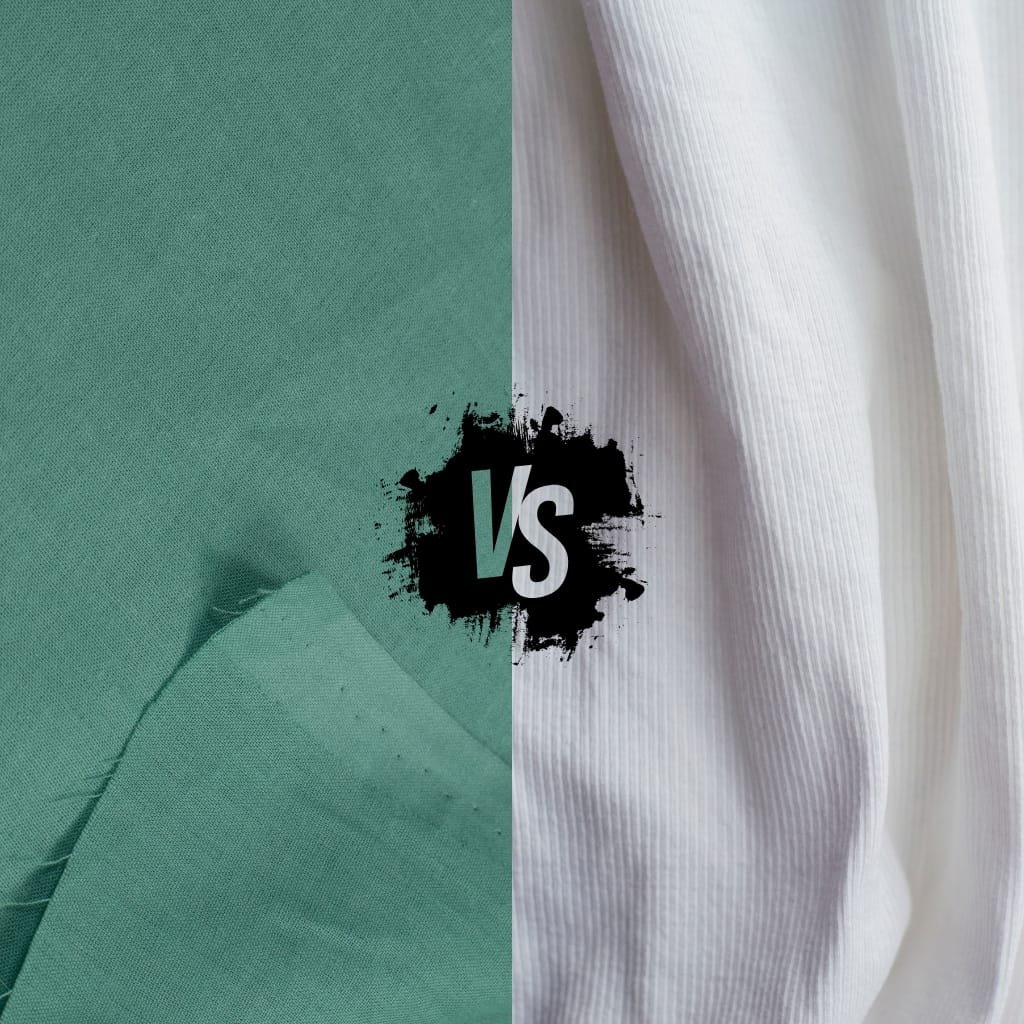
Another fabric for making shirts is Oxford cloth. It is made by a basket weave with a pair of threads that are woven in a warp and weft. The poplin cotton fabric such made is poplin’s counterpart, heavier, more textured, and more casual. Although it may be soft and strong, it does not have the elegant, smooth finish that poplin has, and hence is not suitable for formal functions.
Poplin vs Sateen
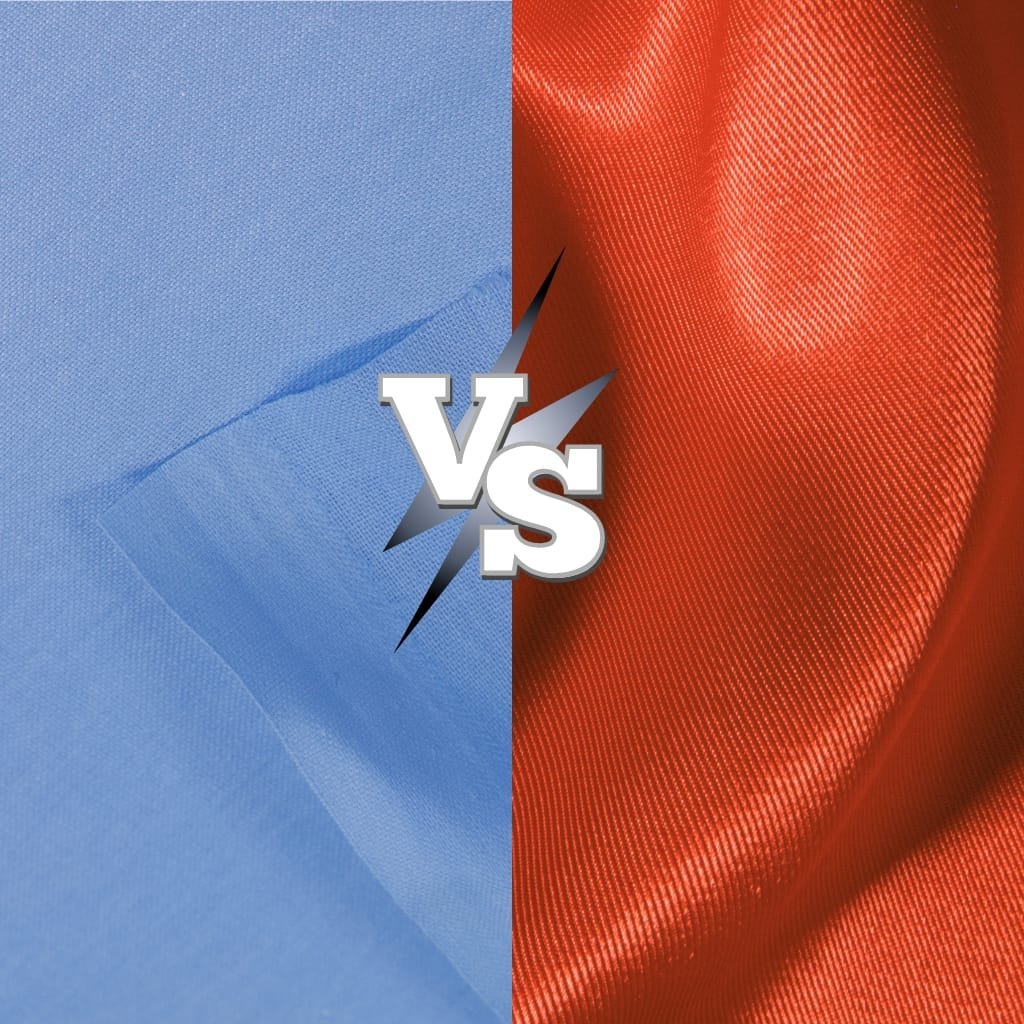
Both poplin and sateen constitute weaves of primary cloth styles. Sateen weaves the cloth in such a way that there are more threads that float freely on the surface. This makes the fabric super soft and smooth with a shine that glimmers like satin. Though sateen may be expensive and elegant, the fabric has a poorer longevity than poplin and is more likely to snag.
The Many Uses of Poplin: Beyond the Button Down
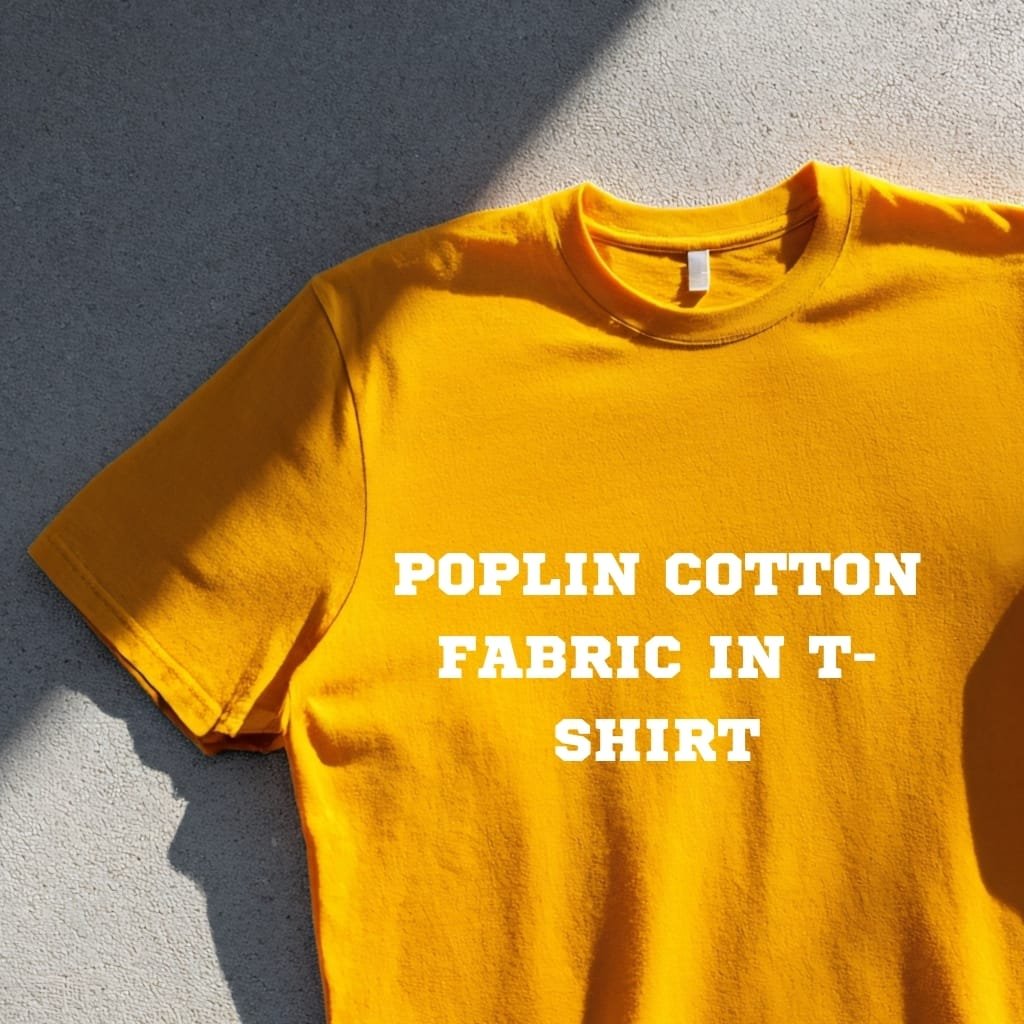
Although a classic dress shirt remains poplin’s most famous application, the fabric is also very versatile.
- Apparel: Besides the shirts, poplin is also used to make blouses, dresses, skirts, lightweight suits, and even suits for kids. Poplin makes garments that are easy to put on and take off with its breathability and comfort. It also holds a crease verywell, making it ideal for structured pieces.
- Home Decor: The robust qualities of poplin make it a suitable fabric for use in home projects. It is used for chair and headboard upholstery, to make light curtains and pillow covers, and other decorative items. Even in a room that has direct sunlight, the decor remains bright and lively due to the fabric’s colorfastness.
- Crafts and quilting: Poplin cotton fabric is appreciated by quilters for its rigidity; it does not easily stretch, allowing for accurate block construction. In addition, poplin is an excellent fabric for tote bags, aprons, and other craft items where a sturdy and attractive fabric is required.
- Accessories: Due poplin’s smooth surface and its readiness to take a sharp press, it is the fabric most often used for neckties, scarves, and handkerchiefs.Read more… History of Cotton Fabric
The Complete Poplin Sewing Guide
To most sewists, poplin is a fabric that is a pleasure to sew. Here’s some advice that will make your experience productive.
Selecting the correct thread and needle: Universal needle of 70/10 or 80/12 is ideal for poplin. For thread, high quality, all-purpose polyester or polyester cotton-wrapped thread is most suitable. Needle Selection: Importantly, because poplin is tightly woven, you should use a sharp, fresh needle to reduce skipped stitches and prevent pulls in the fabric.
Pre-Washing and Pressing: We highly advise that you pre-wash poplin before cutting it. This will remove any finishes that should not be on the fabric and prevent any minimal possible shrinkage. The poplin should be pressed with steam using a medium to a hot iron. Face pressing cloth is especially helpful to prevent dark colors from sewing with shine
Handling and Finishing: Improper handling can cause the edges of poplin cotton fabric to unravel. You can achieve a professional, durable finish by using a serger, a zigzag stitch, or French seams. Because the fabric holds its shape well and creases easily, sewers often use topstitching to highlight seams and create a neat finish.
Caring for Your Poplin Garments
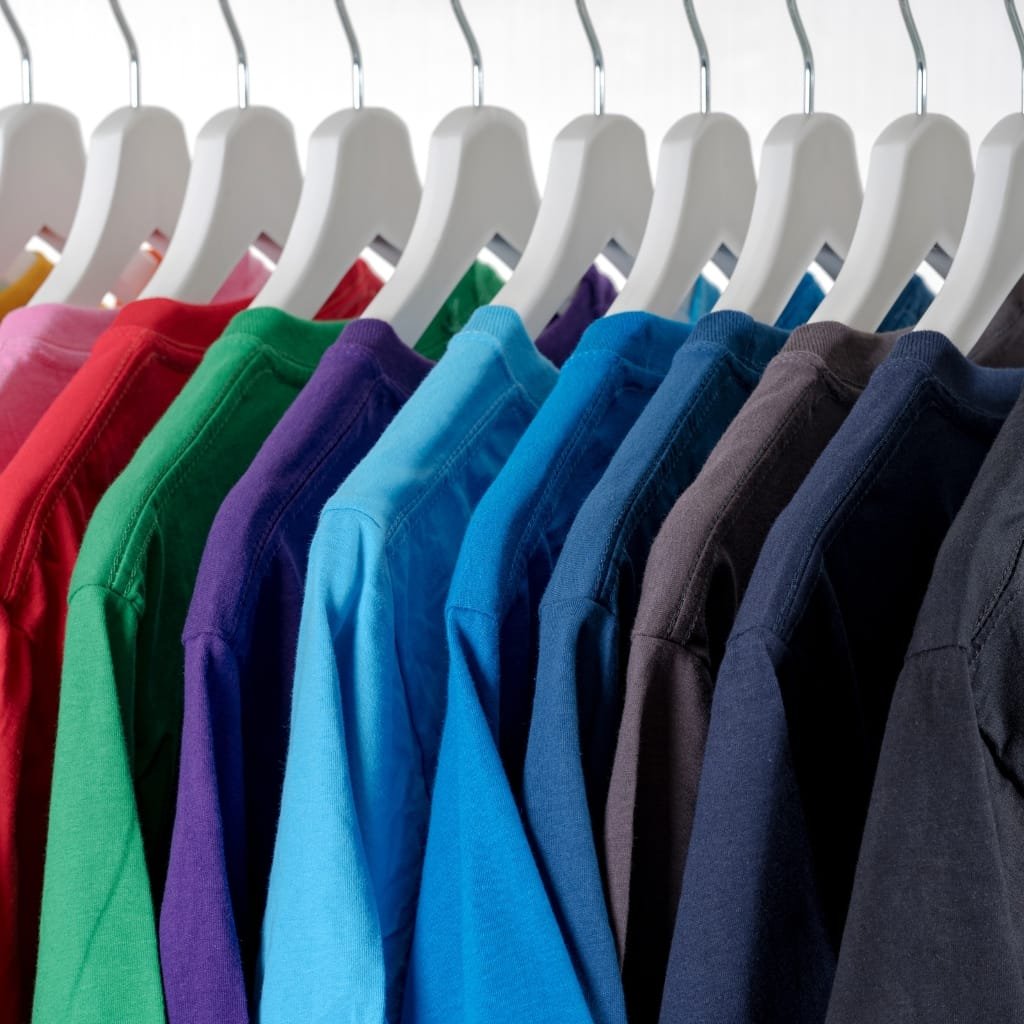
Another great thing about poplin cotton fabric is its easy-care properties. These easy processes outlined below will ensure your poplin pieces will remain in good condition for many years to come.
Washing: Most cotton poplin garments will survive a gentle cycle in the machine, in either cold or warm water. It is best to turn pieces inside out to protect the outside layer from damage. A mild detergent is best to use in order to protect the colors from fading.
Drying: Although you can tumble dry poplin on a low setting, line drying offers the gentlest option and helps to minimize wrinkles. You can easily remove any creases that do form with a warm iron.
Ironing: You can iron poplin cotton easily, and it holds its shape well. For the best finish, iron the garment while it is still slightly damp or use your iron on a medium-high steam setting, holding it about 5cm from the fabric. When ironing a shirt, follow this order: first the collar and cuffs, then the sleeves, and finally the body.
How to Choose Poplin Fabrics
There are many variations of poplin cotton fabric available in the market and every fabric is different. Take note of the following points when selecting poplin fabric, whether you are purchasing it from an online store or brick and mortar outlet:
- Thread Count: A higher thread count indicates a finer, softer and more durable fabric. It is often said that good quality shirting poplin has a thread count between 100 and 140.
- Yarn Quality: A combed poplin is smoother, softer, more durable and less likely to pill when compared to a carded poplin.
- Mercerization: Unmercerized poplin will lack luster and strength, will not take dye easily and will lack sheen. The poplin will also lack rich and colorfast hues.
- Feel and Drape: Quality poplin is smooth and firm and does not feel ‘stiff’ or ‘papery’ to the touch. While it has firm structure, it also has a light, controllable drape.
The Sustainable Angle: Poplin and Conscious Consumption
With the many options available, selecting poplin to support sustainable practices is a conscious choice to add to the wardrobe.
- Natural Fiber: Cotton as a natural plant-based fiber is biodegradable, especially without chemical finishes.
- Durability: Poplin’s inherent durability means garments last longer, thus cutting down on fast fashion waste.
- Choosing Better Cotton: Shoppers should greatly prefer Better Cotton Initiative (BCI) or organic cotton poplin, as these options champion more positive social and environmental farming practices. Manufacturers are also making poplin from recycled cotton more widely available, which breathes new life into textile waste.
Conclusion
In poplin cotton’s case, it is much more than a simplistic shirting cloth. Its history has events such as the times of the papacy in Avignon and synthesizes with the strong, elegant, and comfortable textile design of modern times.Poplin’s omnipresence in both high fashion and homemade quilts proves its enduring value today. In its most skillful form, the fabric appears delicate yet remains highly breathable, providing superior comfort. Its versatility and functionality also make it suited for countless applications. Be it in the construction of wardrobes, summer dresses, or even in reupholstering chairs, poplin cotton fabric is a trustworthy and pleasing fabric. Hence, the next time you try to make a balance between form and function, poplin is the fine choice to settle for, poplin is the choice.
FAQs
What is poplin cotton fabric?
A plain weave structure defines poplin, using fine yarns in one direction and a thicker yarn in the other. This technique creates a strong, crisp, and slightly ribbed texture. While manufacturers historically used silk or wool, most now make modern poplin from 100% cotton, which gives it lightweight, breathable, and durable qualities.
Is poplin cotton good for summer?
Yes, absolutely. Poplin cotton fabric is an excellent summer fabric. Its tight weave remains lightweight and highly breathable, allowing for maximum air circulation. Furthermore, it is often made with high-thread-count yarns that feel smooth and cool against the skin, making it ideal for hot and humid weather.
Does poplin cotton wrinkle easily?
Poplin cotton can wrinkle, but it is generally less prone to wrinkling than looser weaves like linen. Its crisp nature means wrinkles are typically easy to remove with a standard iron. Using a steam setting or ironing while the garment is slightly damp will yield the sharpest, crispest finish.

